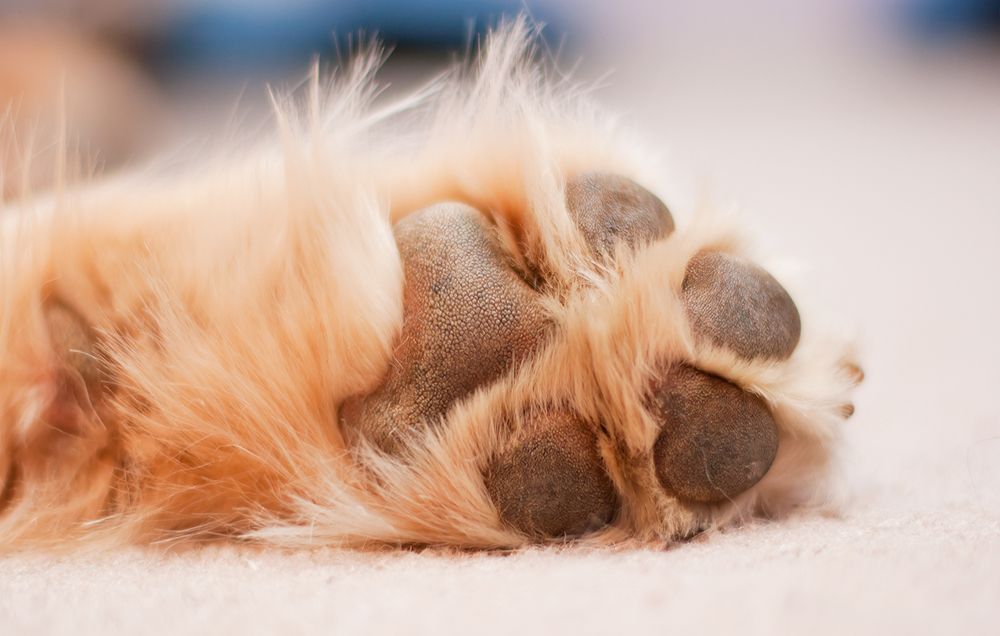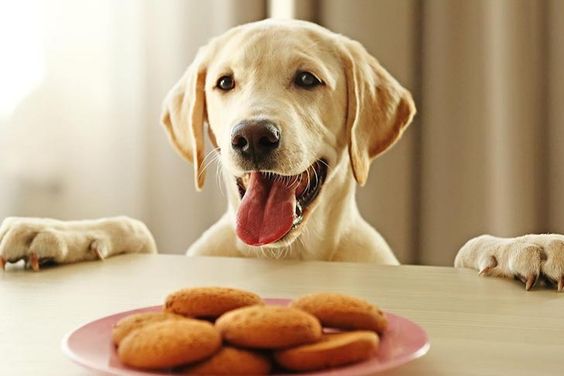As devoted dog owners, we always strive to provide the best care for our furry companions. However, accidents and injuries can happen, and one common concern is when a dog’s paw pad gets torn. It can be distressing to see your canine friend in pain, but fear not, as we are here to guide you through the necessary steps to handle this situation with care and expertise.
Understanding Paw Pad Injuries
A dog’s paw pads are crucial for their mobility, balance, and protection. They act as shock absorbers and provide traction while walking or running. When a paw pad gets torn, it can be painful for your furry friend and may even lead to infections if not treated promptly. Paw pad injuries can occur due to various reasons, such as sharp objects, rough terrain, or even excessive licking or chewing.
Examining the Paw Pad
Before taking any action, it is essential to thoroughly examine your dog’s paw pad. Gently hold your dog’s paw and inspect the affected area. Look for signs of a tear, such as bleeding, redness, swelling, or exposed tissue. If the injury seems severe or deep, it is crucial to seek veterinary assistance immediately. However, if it is a minor tear, you can provide initial care at home.
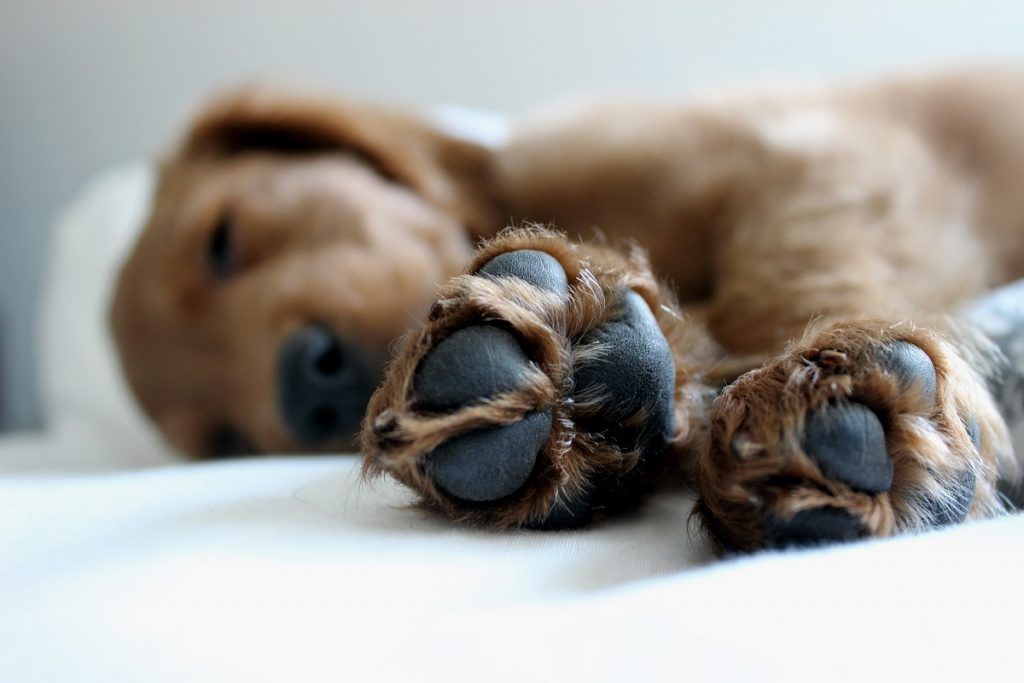
Cleaning the Wound
To prevent infections, clean the torn paw pad gently. Use a mild antiseptic solution recommended by your veterinarian. Dilute the solution as per instructions, and soak a clean cloth or gauze pad in it. Wipe the wound carefully, ensuring that any dirt or debris is removed. Take caution not to apply excessive pressure or irritate the injury further. Once cleaned, pat the paw pad dry with a clean towel.
Protecting the Paw Pad
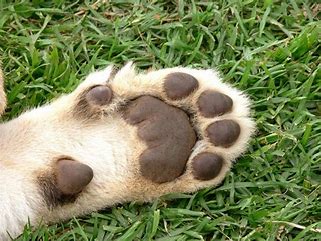 After cleaning, it is essential to protect the torn paw pad to aid in the healing process. Apply a pet-safe antibiotic ointment or a paw pad protector recommended by your veterinarian. These products create a protective barrier and help prevent dirt, bacteria, and debris from entering the wound. If necessary, you can also use sterile gauze pads or non-stick bandages to cover the area lightly. Secure it gently with a cohesive bandage or medical tape, ensuring it is not too tight.
After cleaning, it is essential to protect the torn paw pad to aid in the healing process. Apply a pet-safe antibiotic ointment or a paw pad protector recommended by your veterinarian. These products create a protective barrier and help prevent dirt, bacteria, and debris from entering the wound. If necessary, you can also use sterile gauze pads or non-stick bandages to cover the area lightly. Secure it gently with a cohesive bandage or medical tape, ensuring it is not too tight.
Easing Discomfort
A torn paw pad can cause discomfort and pain for your dog. To help alleviate their discomfort, you can provide over-the-counter pain relievers specifically formulated for dogs. However, always consult your veterinarian before administering any medication to ensure the appropriate dosage and suitability for your dog’s condition. Additionally, consider providing a comfortable resting area and minimizing physical activities to allow the paw pad to heal without excessive strain.
Monitoring Healing Progress
Keep a close eye on your dog’s torn paw pad to monitor the healing progress. Check for any signs of infection, such as increased swelling, discharge, excessive licking, or a foul odor coming from the wound. If you notice any concerning symptoms, seek immediate veterinary attention. Follow the veterinarian’s recommendations regarding follow-up appointments or any further treatments that may be necessary.
Preventing Recurrence
Once your dog’s paw pad has healed, take preventive measures to avoid future injuries. Keep your dog’s paws clean and inspect them regularly for any signs of damage or irritation. Trim their nails regularly to prevent overgrowth, which can affect their gait and increase the likelihood of paw pad injuries. Additionally, consider using dog booties or paw wax to provide additional protection during outdoor activities, especially on rugged surfaces.
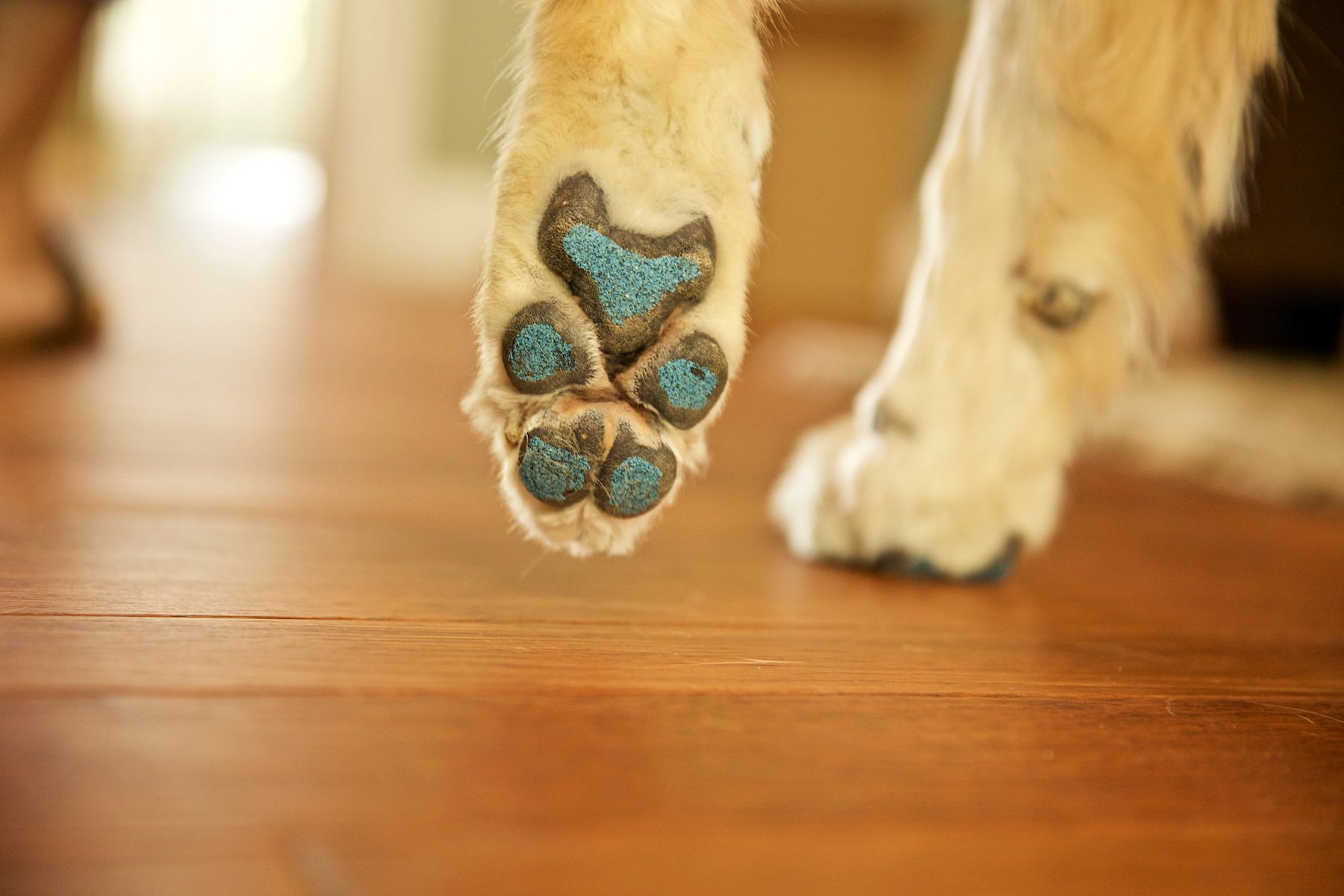
In conclusion, a torn paw pad can be a distressing situation for both you and your beloved dog. By following these steps, you can provide immediate care and support your dog’s healing process. Remember, if the injury seems severe or does not show signs of improvement, consult your veterinarian promptly. Your furry friend’s well-being is of the utmost importance, and with proper care and attention, they will be back on their paws in no time.
